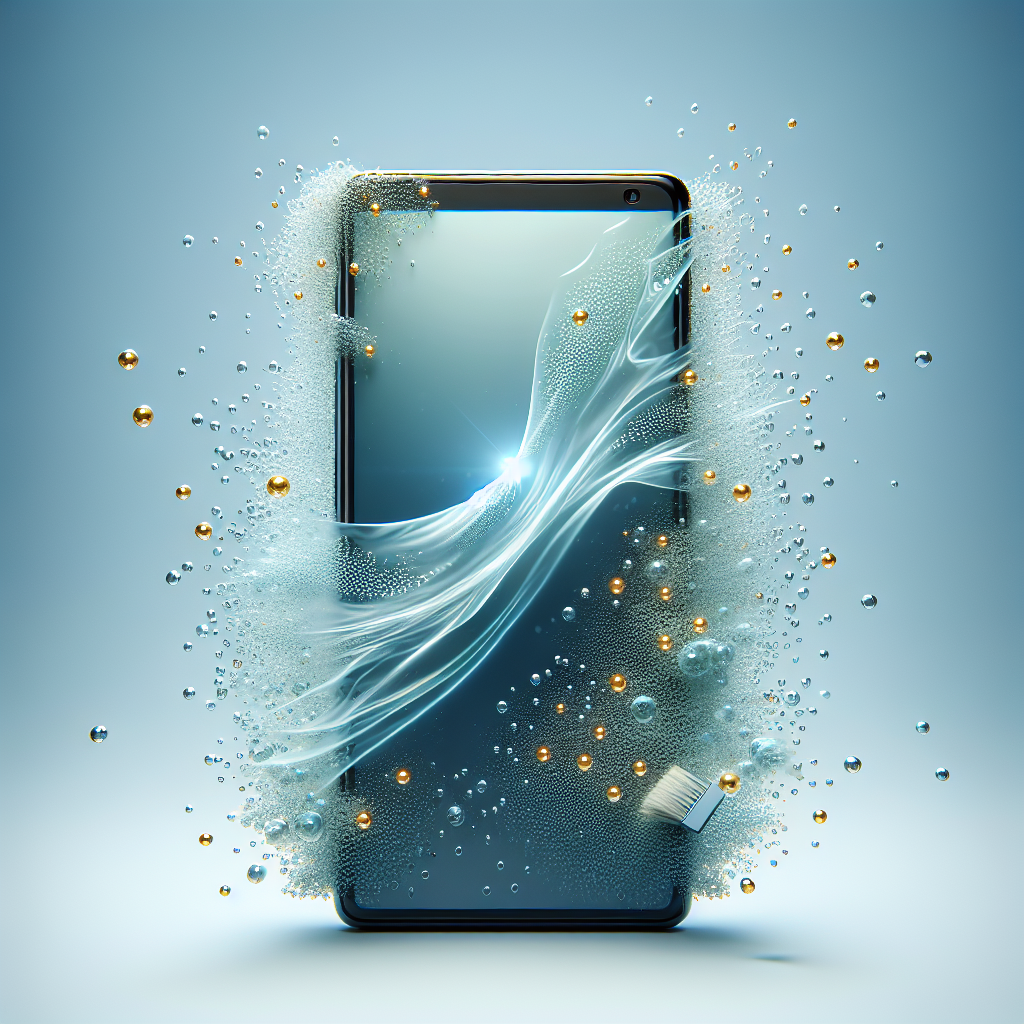Self-Healing Screens: A Revolution in Display Technology
Tired of unsightly scratches marring your phone, tablet, or laptop screen? The future of displays is here, and it’s self-healing. Thanks to cutting-edge nanotechnology, scientists have developed specialized gels capable of automatically repairing minor surface damage, promising a longer lifespan and pristine appearance for our beloved devices.
How Nanotech Gels Work Their Magic
These self-healing gels are made up of microscopic particles dispersed in a polymer matrix. When the screen surface is scratched, the particles are designed to migrate to the damaged area and fill in the gaps, effectively patching the scratch. This process can occur at room temperature and often within a matter of hours, sometimes even minutes, depending on the severity of the damage and the specific gel formulation.
Different Approaches to Self-Healing
- Capsule-based systems: These gels contain microcapsules filled with a healing agent. When a scratch occurs, the capsules rupture, releasing the agent which then polymerizes to fill the scratch.
- Intrinsic self-healing: These materials rely on reversible chemical bonds within the polymer network itself. When a scratch occurs, these bonds break and reform in the damaged area, restoring the material’s integrity.
- Extrinsic self-healing: Similar to capsule-based systems, extrinsic healing utilizes a separate healing agent, but it’s distributed throughout the material rather than being encapsulated. The agent is activated by the damage and migrates to the affected area.
The Benefits of Self-Healing Screens
The advantages of self-healing screen technology are numerous and impactful:
- Extended Device Lifespan: By automatically repairing minor scratches, these gels can significantly extend the usable life of electronic devices, reducing electronic waste.
- Improved Durability: Devices become more resilient to everyday wear and tear, making them ideal for demanding environments.
- Cost Savings: Fewer screen replacements translate to significant cost savings for consumers.
- Enhanced User Experience: A pristine, scratch-free screen provides a more enjoyable and visually appealing user experience.
Current Applications and Future Potential
While the technology is still relatively new, self-healing screens are already beginning to appear in certain niche applications, such as protective films for smartphones and tablets. The automotive industry is also exploring the use of self-healing coatings for car paint and interiors. Looking ahead, the potential applications are vast, including:
- Flexible and Foldable Displays: Self-healing properties are crucial for the durability of these emerging display technologies.
- Wearable Electronics: Smartwatches and other wearables can benefit greatly from scratch resistance.
- Medical Devices: Self-healing coatings can improve the hygiene and longevity of medical equipment.
The Future is Scratch-Free
Self-healing screen technology represents a significant leap forward in display technology. As research and development continue, we can expect to see even more sophisticated and effective self-healing materials emerge, ushering in an era of truly durable and long-lasting electronic devices. The days of painstakingly applying screen protectors and fretting over scratches may soon be a thing of the past.
Staying Ahead of the Curve
Keep an eye on the latest developments in nanotechnology and materials science to stay informed about the exciting advancements in self-healing screens. This technology promises to revolutionize the way we interact with our devices and reshape the future of consumer electronics.

